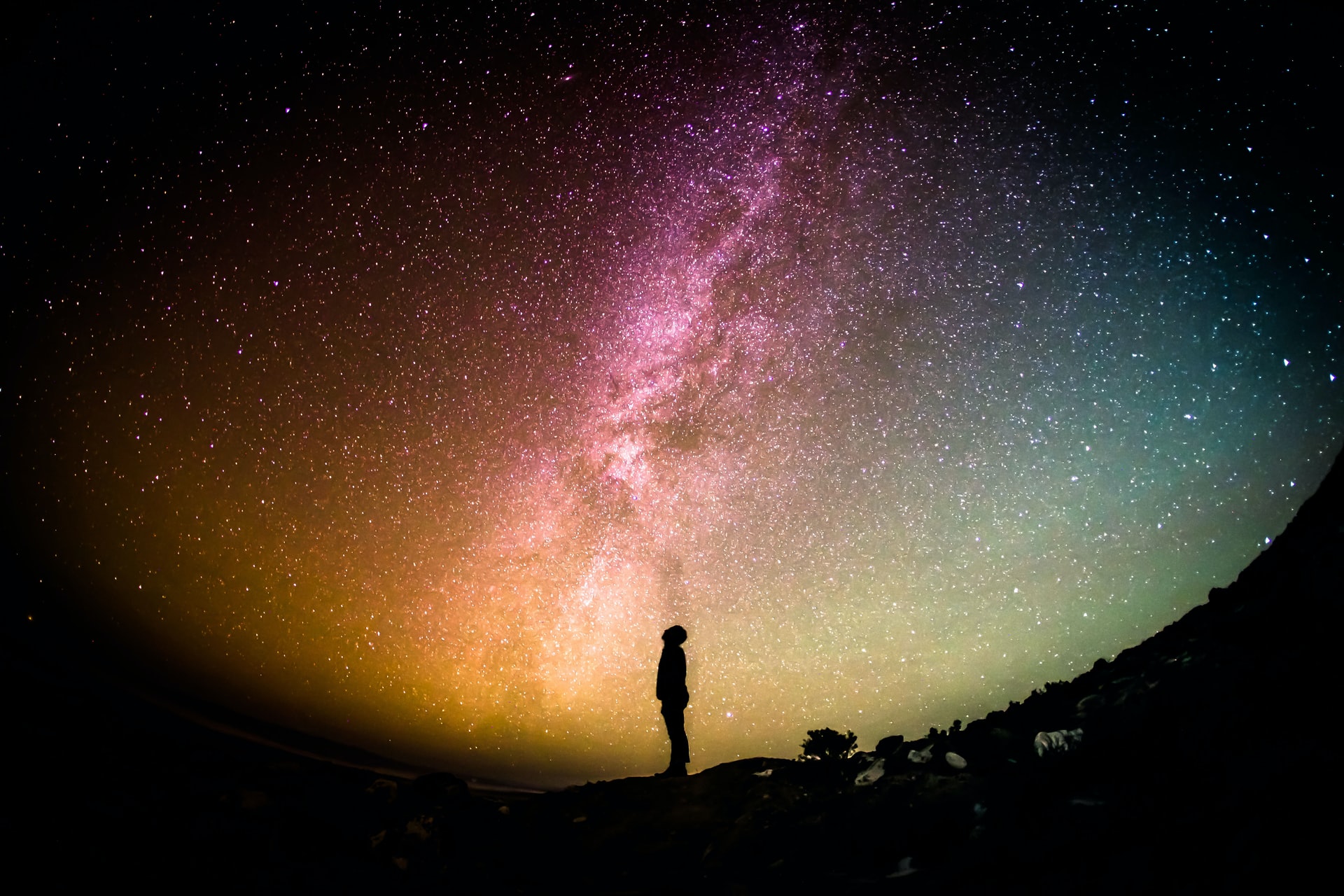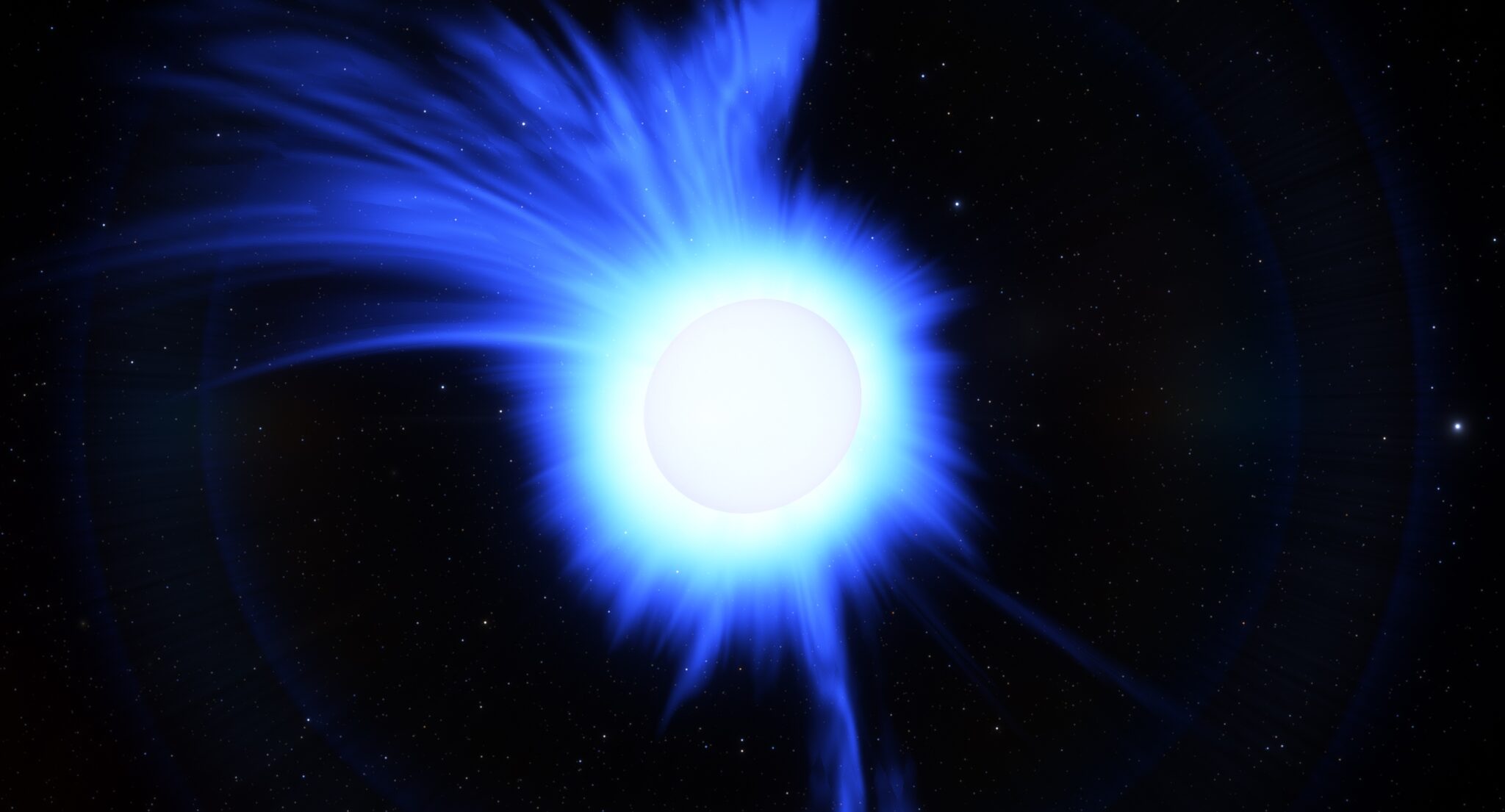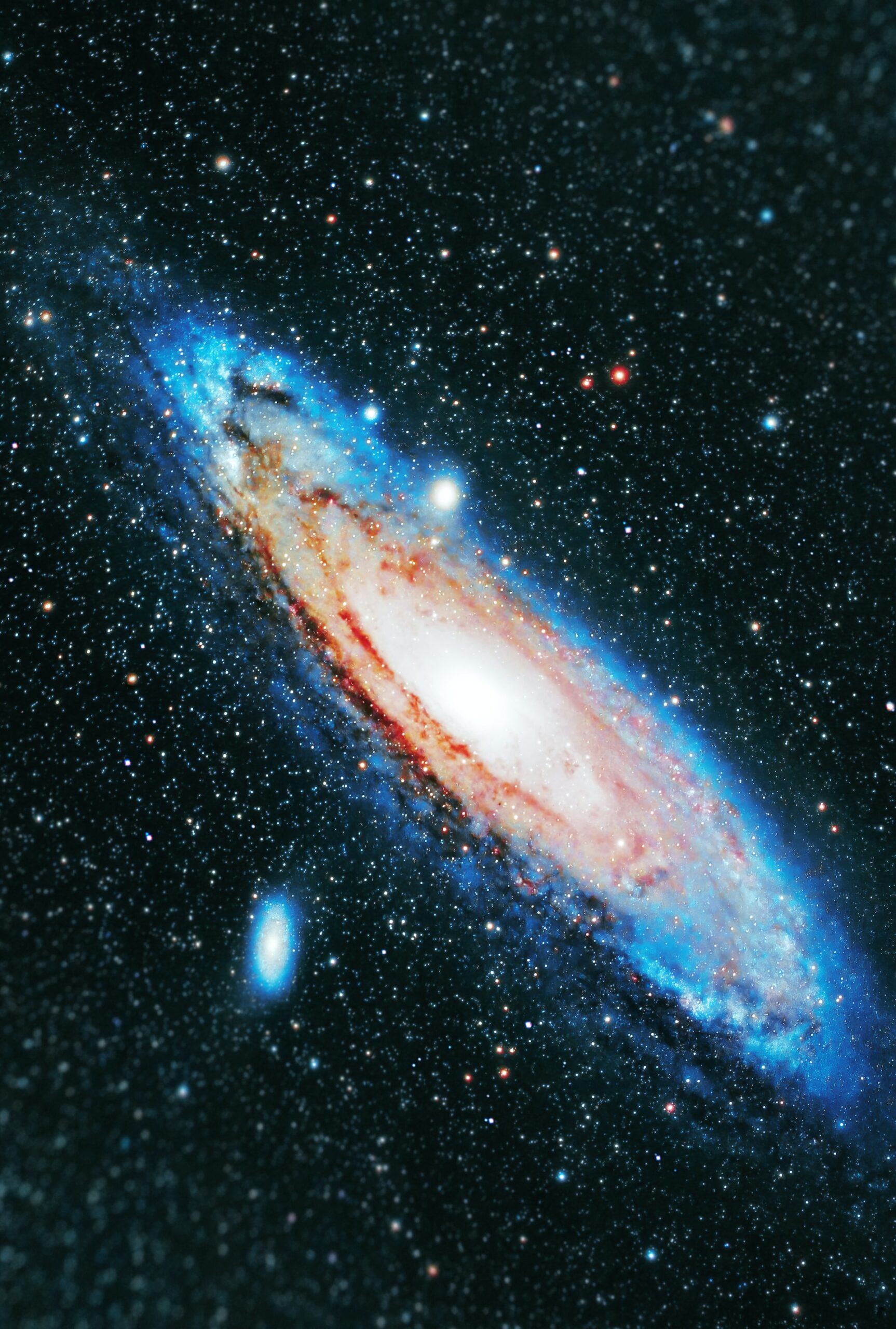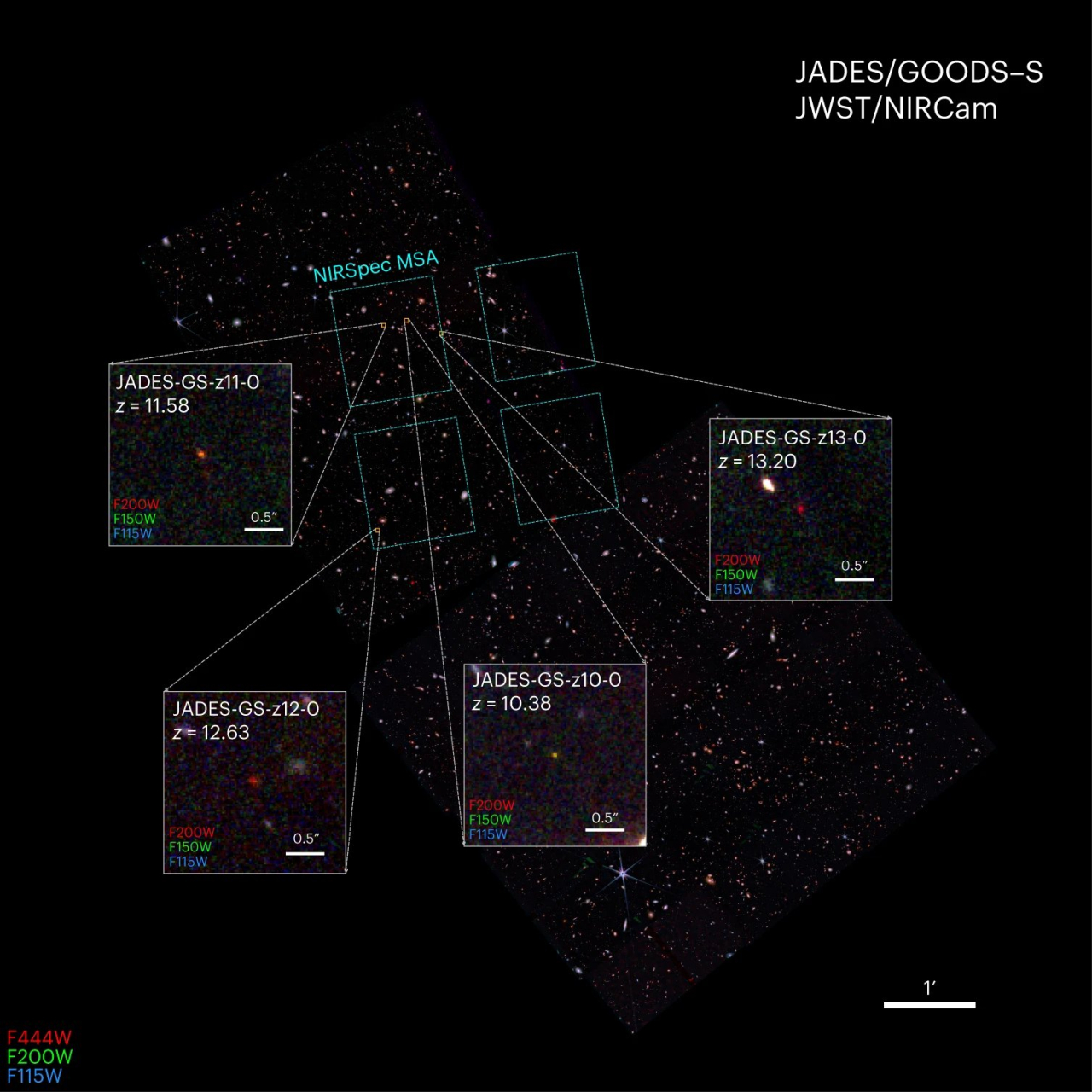The night sky is full of more than 9,000 stars visible to the naked eye. But this beauty covers only a tiny fraction of the universe, which stretches billions of light-years deep.

The closest star system to the Sun is Alpha Centauri, which is 4.25 light-years away. However, the nearest star of this system, Proxima Centauri, cannot be seen with the naked eye. However, without a telescope, a human can see the star V762 Cas, which is located at a distance of 16 thousand light years. Its brightness is 100,000 times stronger than the sun’s, but its distance from us makes it barely noticeable to the human eye.

Although V762 Cas is the farthest visible star, it is not the most distant object that can be seen in the sky without a telescope. This honor belongs to the Andromeda galaxy. It contains more than a trillion stars. And we see it as it was 2.5 million years ago. This galaxy is 2.6 times larger than the Milky Way, but to the human eye it looks like a pale spot in the night sky.

But gamma-ray bursts can sometimes be the record holders for remoteness. For example, the gamma-ray burst GRB 080319B, which occurred at a distance of more than 7.5 billion light-years, was visible to the naked eye for about 30 seconds.

However, if we want to see the most distant objects in the universe, we cannot do without a telescope. The most expensive instrument, worth $10 billion, the James Webb Space Telescope, is able to detect the darkest objects at a very long distance.
Due to the sensitivity of James Webb and the effect of gravitational lensing, it was possible to detect Earendel (WHL0137-LS), the most distant known star, which is located at a distance of 12.9 billion light-years from us. But taking into account the factor of the expansion of the universe, the star is located at a distance of 28 billion light-years from Earth. Instruments and modern calculations have also made it possible to accurately measure the distance to the most distant galaxy JADES-GS-z13-0 – 33.6 billion light-years, and it was formed when our universe was only 400 million years old.

In the microwave range, the light of the cosmic microwave background is observed, which appeared 380 thousand years after the Big Bang.
Now the search for neutrinos and the detection of gravitational waves in the future will allow us to look even deeper into the past. If they are found, it will be the most distant thing we’ll ever see in the universe.
Earlier, we reported on how astronomers expect a bright explosion of a new star, which happens once in a lifetime.
According to space.com
Follow us on Twitter to get the most interesting space news in time
https://twitter.comne/ust_magazine


